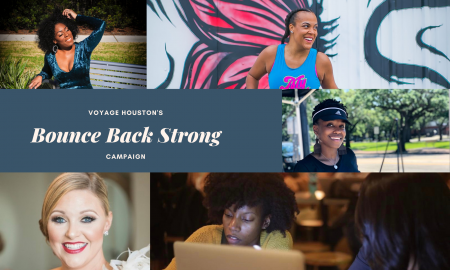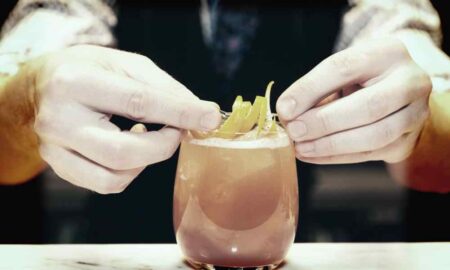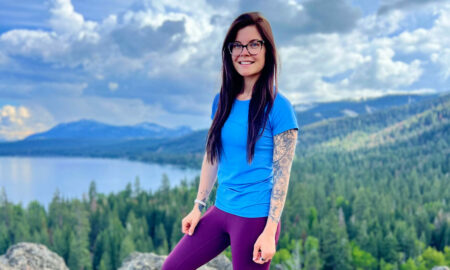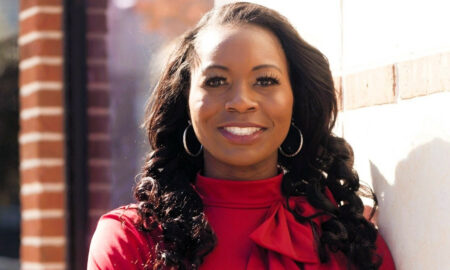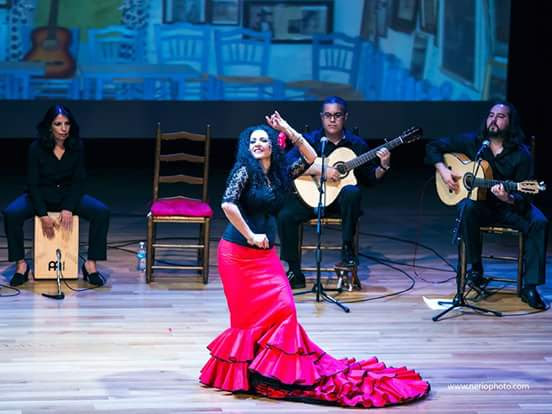

Today we’d like to introduce you to Marisol Monasterio.
Every artist has a unique story. Can you briefly walk us through yours?
I am an Occupational Therapist specialized in Hand Therapy. I have been dancing since I finished my fourth year a varsity swimmer at the University of Houston. I have danced with the Folkloric Colombian Ballet, and I danced Argentinian Tango for five years, but nothing has been more fulfilling and closer to my heart and who I am as an individual than Flamenco. I started learning Flamenco dance more in Houston with Del Espadin Flamenco Academy. I quickly felt involved and impacted the culture and the art of Flamenco. I learned that it was not only a dance but a style of life.
I was invited to be part of the Tablao (the group of artists that involve dancers, guitarists, and singers) Cuadro la Tempestad. Although I never sang in my life and did not have any training in music nor vocals, I was encouraged to start singing Flamenco because of my rough, deep and emotional voice. My mother was a singer in Brasil; she used to sing Bossanovas and Brasilian songs in venues and theatres, so for me to be able to sing was a fantastic surprise.
I fell in love with Flamenco singing, The “palos” (different styles), the lyrics, the intrinsic influence of the “cante” (singing) with the dance, and most importantly the culture behind it. I started taking classes in Spain with Sergio “El Colorao” in Granada, Javier Heredia from Seville, and Kina Mendez from Jerez. I have been singing for ten years in different tablaos in Houston and San Antonio, as well as theatre shows. I was part of the Hierro Forjado group lead by Alexandra Simmons as a dancer and singer. I directed the theatre productions Caminos Gitanos and Toward the Gypsy Roads based on the history of Flamenco. I am still learning and growing, and deeply grateful for having the chance to experience this amazing art in my lifetime.
Please tell us about your art.
Flamenco cante (singing) is about the life of the gypsy people mostly from the South of Spain known as Andalucia. Depending on the palo (the style) the lyrics may talk about a city or a town and its people, about the death or loss of a loved one, about despair and sorrow, about love, about their work, or even about their relationship with others. Every palo represents an emotion, and the singing has to portray that emotion, not only in the lyrics but in its tone and interpretation. Some palos show sadness; others are sensual; others are aggressive; others are fun and full of life. Although many people might see flamenco and think that everything looks very similar, it is in the artistry and the deep interpretation and understanding of the performer to convey the message through dance or music.
Flamenco singers or “cantaores,” not only sing with their vocal cords, but with their bodies and their facial expressions. There has to be a constant communication with the musicians and with de dancers.
In my line of work, I chose the palos that I would like to learn more about, and I choose the lyrics that I feel a connection with. When I am asked to do a show, usually the dancers tell me which palos they would like to do, and how many “letras” are they going to dance, so it is my responsibility to choose the lyrics and to choose the context. I like to use different lyrics every time and the context as well. I also choose my own solos, and that is very personal. I usually get inspired by certain cantaores from different eras, from Lola Flores to La Paquera de Jerez to Pitingo among many others.
What do you think about the conditions for artists today? Has life become easier or harder for artists in recent years? What can cities like ours do to encourage and help art and artists thrive?
It is very challenging and difficult to find support from venues, to organize shows, to find time in our busy schedules to practice since most of us have a primary job or live in other cities. We do Flamenco because we love it and we like to teach people about the art an the culture.
Unfortunately, some places feel that artists perform because it is a hobby or because we do it for fun. They do not understand all the hours of preparation, the money invested in classes and workshops as well as shoes/clothes/equipment and rental of studios to practice, as well as hiring people to help us with production, sound, lights and managing tickets. We do not do the shows for free since we have to pay the venues to be able to perform there, and sometimes they do not abide by the contract and what is expected of them. Lately, a venue even blamed us for their lack of professionalism, service to our guests and organization.
The cities could allow and encourage the artists to perform in places suitable for their type of art and to support them so they can concentrate on their artistry.
How or where can people see your work? How can people support your work?
I work with different independent artists from Austin and Houston. We gather every two to three months and do shows in different venues in the city. Our next show will be in Café Brasil, on March 3oth at 8 pm. The show will be called “Aires de Feria” to celebrate the festivities that happen every Spring in Spain.
People can support our work by attending the “Tablaos” or Flamenco shows. We usually advertise using Facebook, Instagram, and by the venue’s website page.
Contact Info:
- Address: flamencovivo3@gmail.com






Image Credit:
Leonel Nerio, Hector Amaya, and Roberto Bertoluso
Getting in touch: VoyageHouston is built on recommendations from the community; it’s how we uncover hidden gems, so if you know someone who deserves recognition please let us know here.


